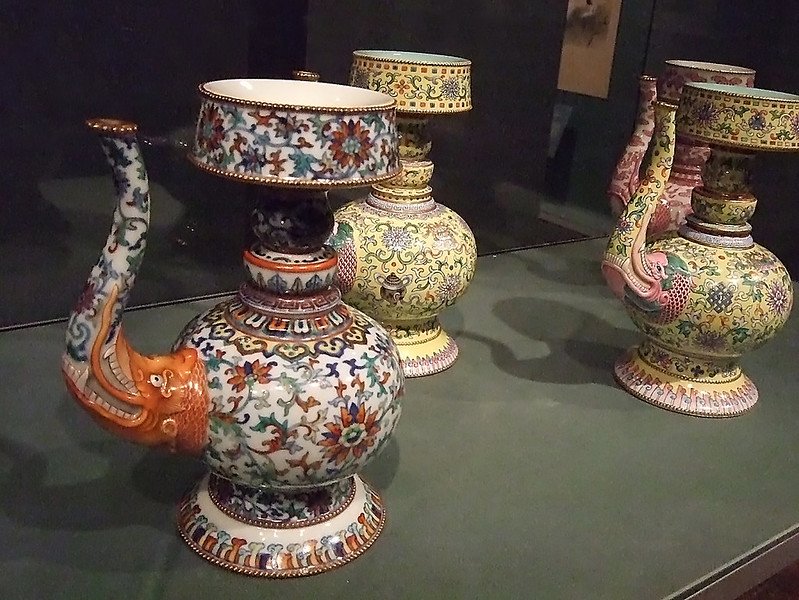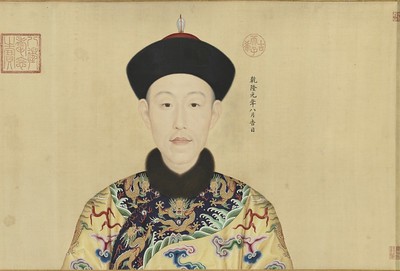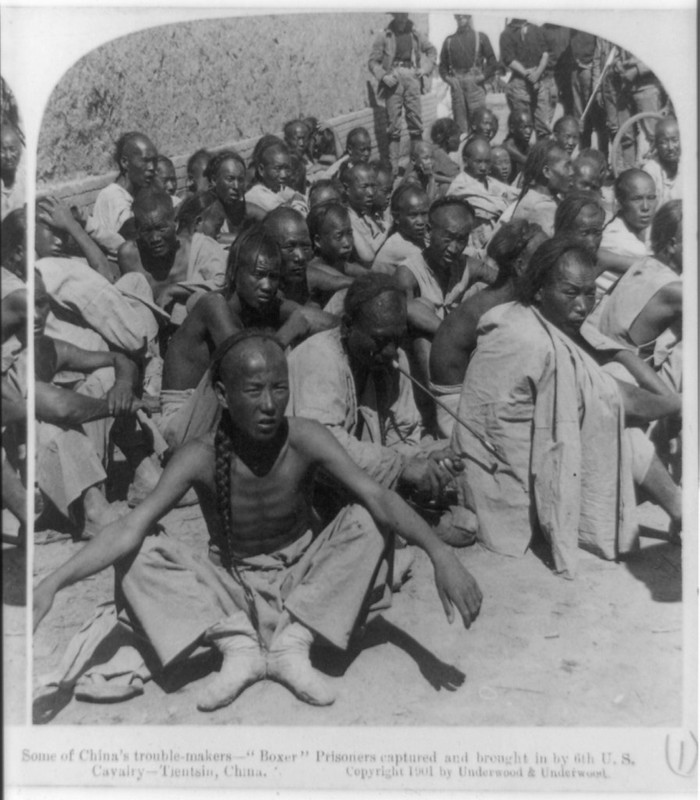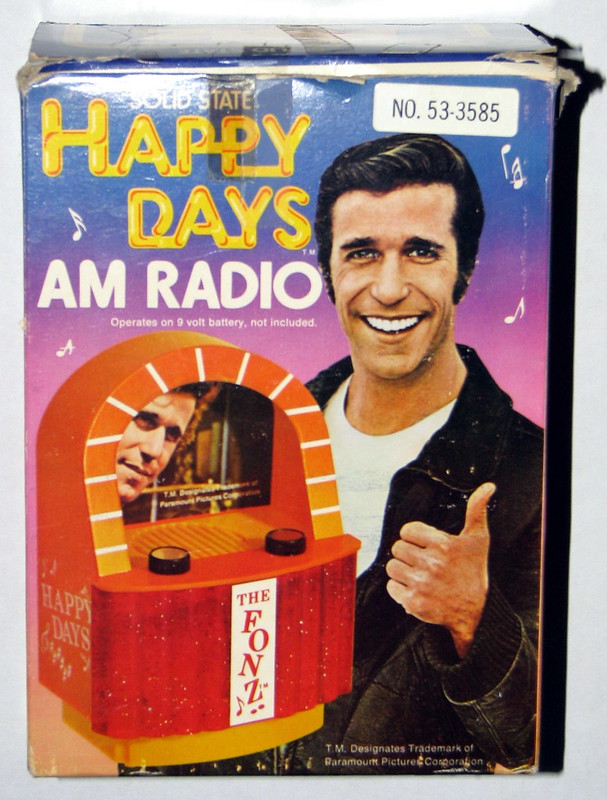The remarkable Chinese technological and economic miracle of the past five decades is an astounding feat. Off of the back of famines, failed harvests, problematic five-year plans, deaths, a schism with the Soviets, and a searing Cultural Revolution that upended life in China, the country’s rise has been both abrupt and very sustained. Where in the 1970s the nation didn’t have the hard cash to send a diplomatic delegation overseas, now it gives away billions in overseas development loans. Sidelined for a century of humiliation, China is once again becoming the center of the world.

Water vessels from the time of the Qianlong Emperor. Mary Harrsch.
A short history of the traumatic events befalling China starts, like so much suffering, with kind and flattering letters from English kings and queens. British emissaries wanted to set up a more permanent ambassadorship to a virtually closed China. They wanted to trade with it. At the time, China was the most technologically advanced society in the world and its silks, spices, and porcelain were in high demand. One of these letters from the British was replied to by Emperor Qianlong in 1793 thusly:
“Our dynasty’s majestic virtue has penetrated unto every country under Heaven, and Kings of all nations have offered their costly tribute by land and sea. As your Ambassador can see for himself, we possess all things. I set no value on objects strange or ingenious, and have no use for your country’s manufactures.”

Portrait of the Qianlong Emperor. Bella Defino.
In a very flattering letter extolling the loveliness and politeness of the British, the Chinese Emperor basically told them, “No thanks we have everything already.” The British instead continued to illegally import opium into the country, continuing to get many Chinese addicted to the British drug from India and destabilizing society.
When, in 1839, Chinese High Commissioner Lin wrote to Queen Victoria, he stated:
“Let us suppose that foreigners came from another country, and brought opium into England, and seduced the people of your country to smoke it, would not you, the sovereign of the said country, look upon such a procedure with anger, and in your just indignation endeavor to get rid of it?”
Indeed, opium was prohibited in Britain, but the government sought to export the stuff made in India to China and pressed the point with the Chinese. When China complained, the Opium Wars inflicted a humiliating defeat and gave Britain and British citizens rights and privileges in China. Britain also obtained Hong Kong, while France, Russia, and Japan obtained trade privileges and territories, as well. China was opened to more trade, a gun barrel pointed to its head.

Boxer Rebellion prisoners captured by US Cavalry in Tientsin.
The subsequent century was an unkind one indeed, with atrocities, invaders, starvation, and countless humiliations perpetrated against the Chinese. The center of the world had become a dissected pawn. During the Korean War, boycotts against Chinese trade effectively bankrupted Hong Kong overnight; after all, it was what the city’s economy was based on in its entirety. From the maw of hunger, erupted the mass consumption age. Near starving, Hong Kongers started injection molding toys, plastic flowers and making all they could imagine. With little means, they made Hong Kong wealthy, its free-market ways proving resilience and showcasing what China could do given the economic freedom within the larger global market to invent and invest.

Made in Hong Kong Happy Days Radio. Joe Haupt.
Deng Xiaoping’s reforms were born in part from the inspiration of Hong Kong, which led to Special Economic Zones set up in China, replicating its success. Within the zones, clusterization and focus was usually the name of the game, with each area focusing on a few pillars. In effect, what often also happened is that tens of thousands of factories turned Guangzho into the world capital of disposable lighter manufacturing. Meanwhile, another city would make engines, air conditioners, or another family of goods.
One example, “Xingcheng is not a particularly well-known town even within China. But it produced $2 billion worth of swimwear in 2018, …There are 1,200 swimwear companies in the town, Xinhua says, employing as many as 100,000 people, or one in five residents.”
Creative destruction, hyper-competitiveness, and individual ambition coupled with a top-down investment by government, regulation, and a focus on pillars or industries led to many such specialized efforts across China. Economic growth has now made China powerful once more, respected, and, perhaps, even feared by the West. And China, from the outset, has tried to move up the technology tree and make ever more complex goods. In the 1960s, there was little the country could make at all, but now the country lacks only the knowledge to make wide-body airliners, chip fabs, and jet engines. Everything else they manufacture. In the next article, we’ll look at just how China manages to achieve its increased technological development.
Subscribe to Our Email Newsletter
Stay up-to-date on all the latest news from the 3D printing industry and receive information and offers from third party vendors.
Print Services
Upload your 3D Models and get them printed quickly and efficiently.
You May Also Like
Reinventing Reindustrialization: Why NAVWAR Project Manager Spencer Koroly Invented a Made-in-America 3D Printer
It has become virtually impossible to regularly follow additive manufacturing (AM) industry news and not stumble across the term “defense industrial base” (DIB), a concept encompassing all the many diverse...
Inside The Barnes Global Advisors’ Vision for a Stronger AM Ecosystem
As additive manufacturing (AM) continues to revolutionize the industrial landscape, Pittsburgh-based consultancy The Barnes Global Advisors (TBGA) is helping shape what that future looks like. As the largest independent AM...
Ruggedized: How USMC Innovation Officer Matt Pine Navigates 3D Printing in the Military
Disclaimer: Matt Pine’s views are not the views of the Department of Defense nor the U.S. Marine Corps Throughout this decade thus far, the military’s adoption of additive manufacturing (AM)...
U.S. Congress Calls Out 3D Printing in Proposal for Commercial Reserve Manufacturing Network
Last week, the U.S. House of Representatives’ Appropriations Committee moved the FY 2026 defense bill forward to the House floor. Included in the legislation is a $131 million proposal for...

































